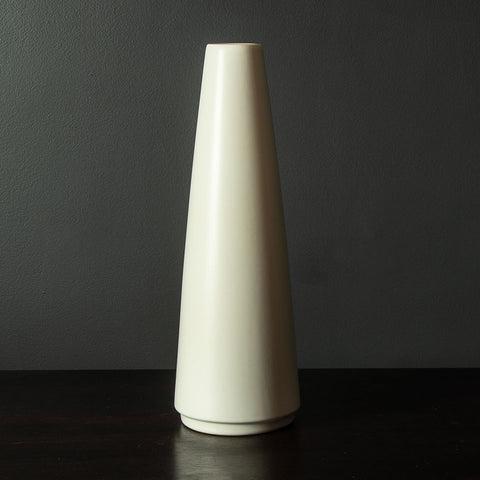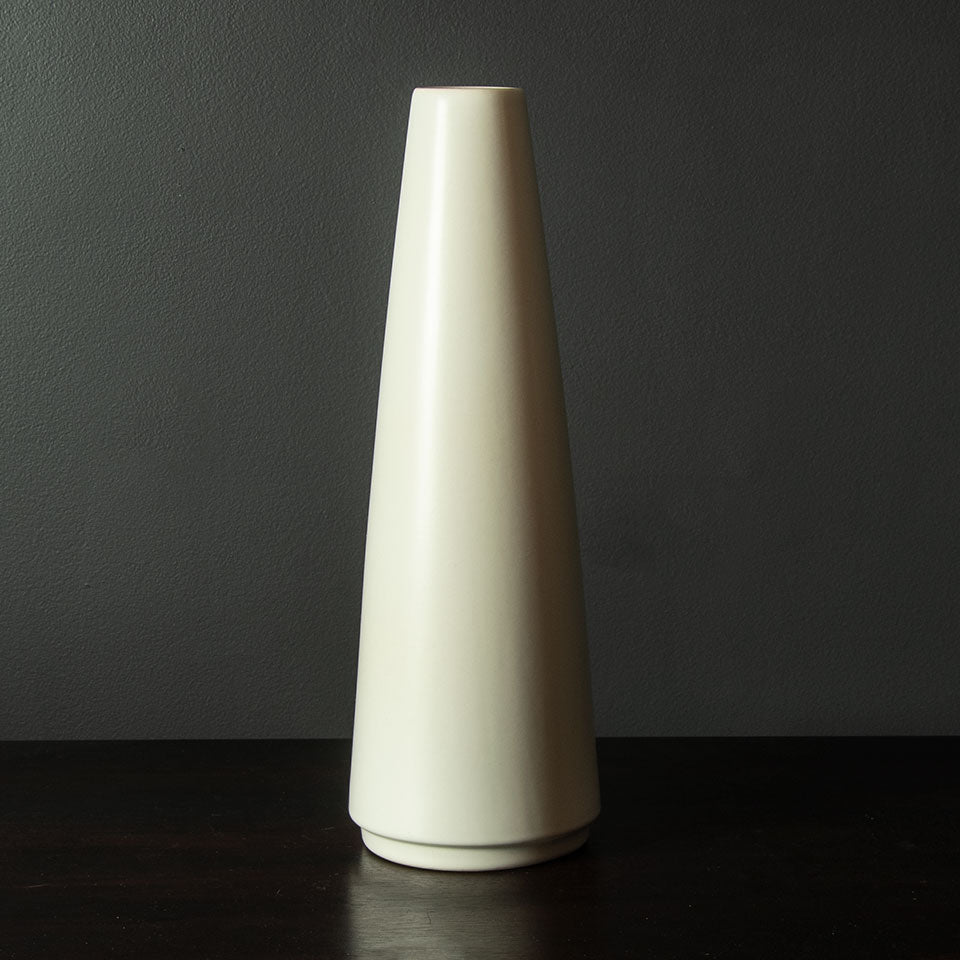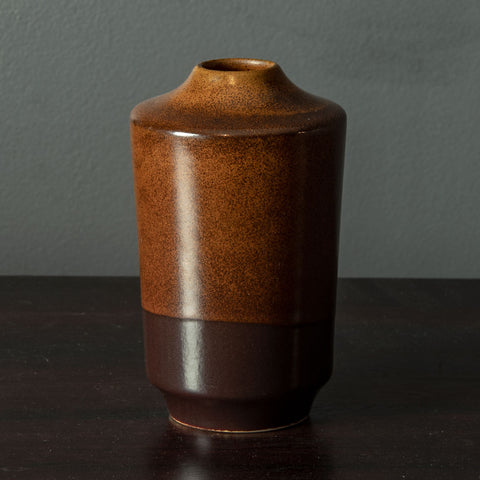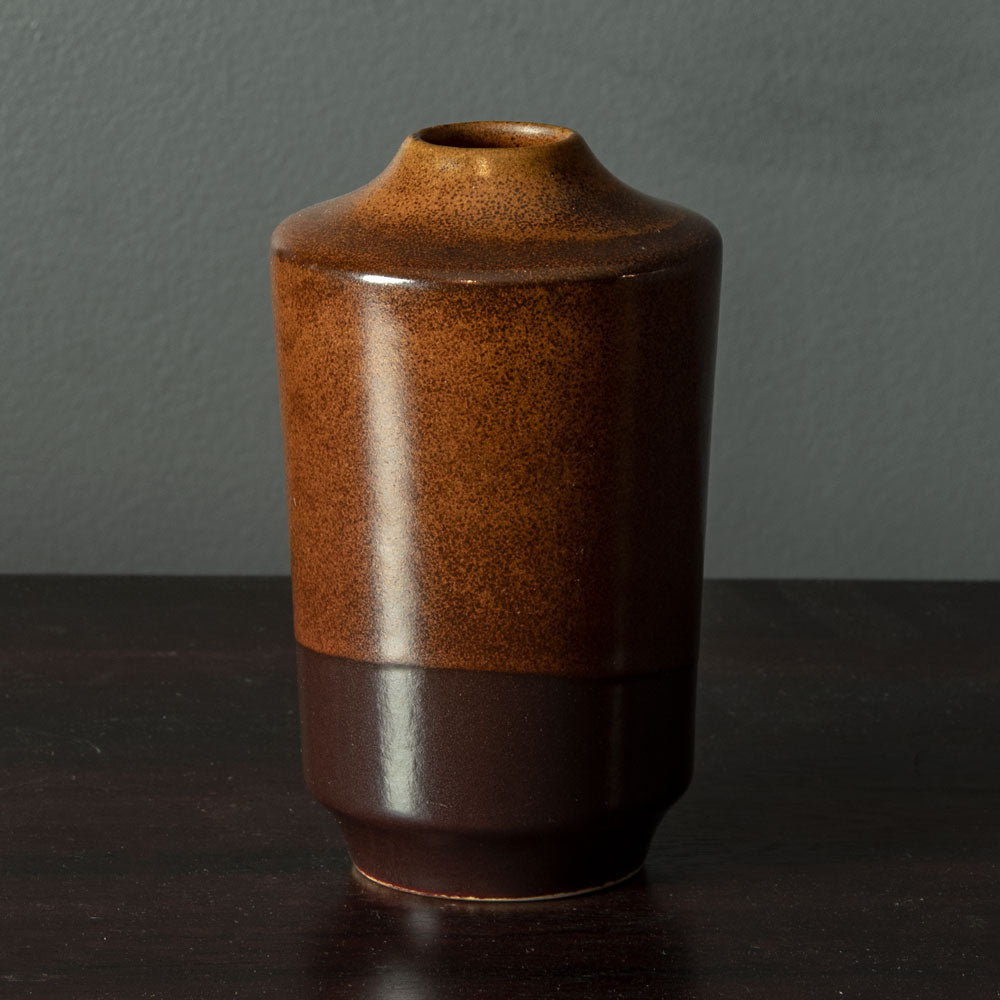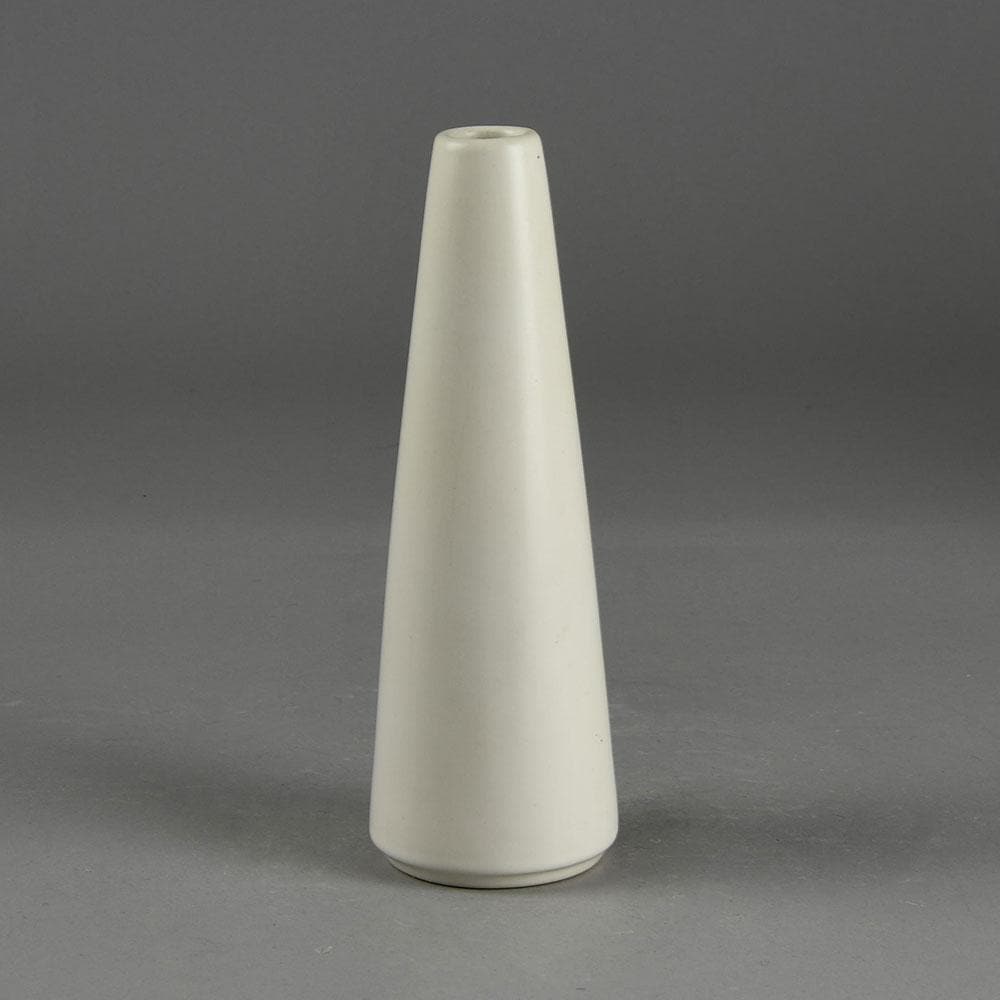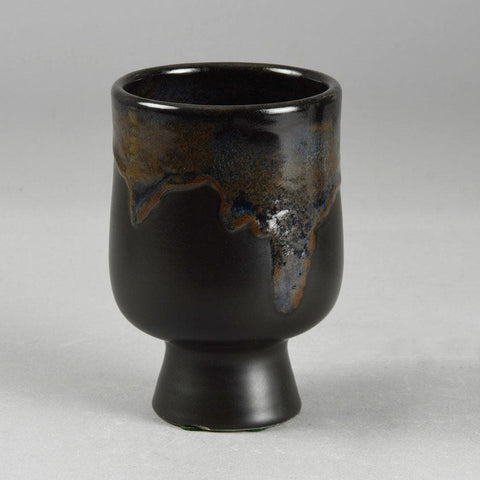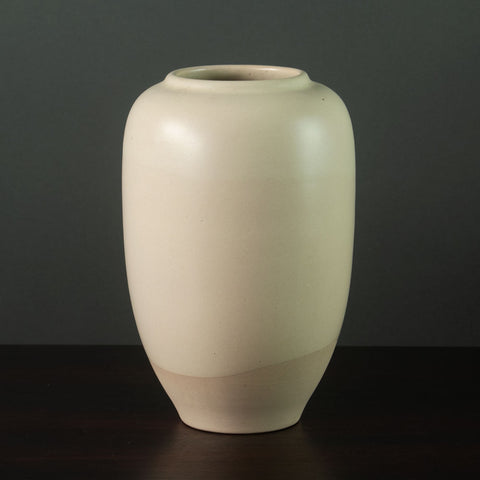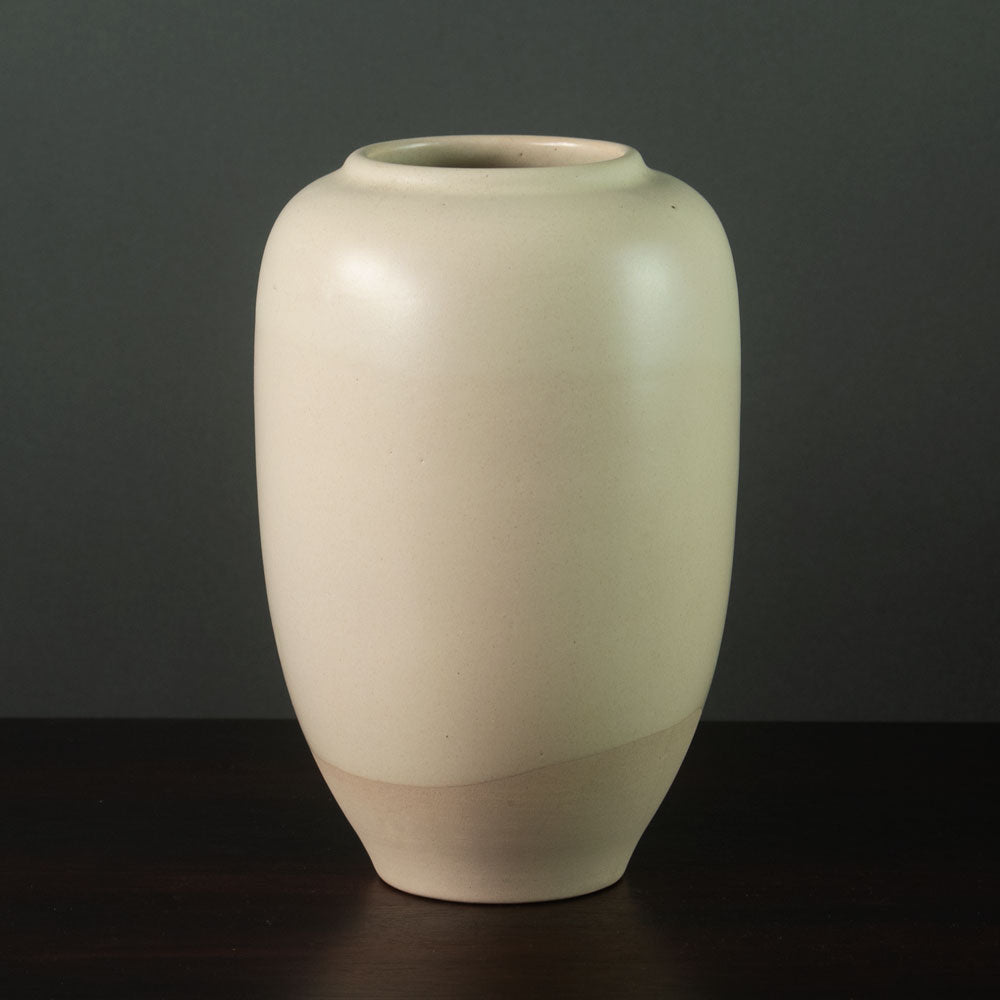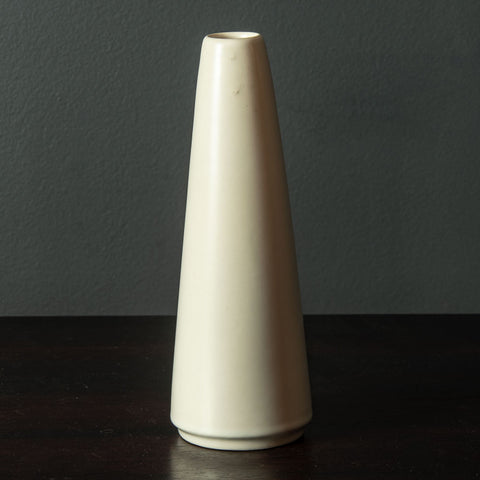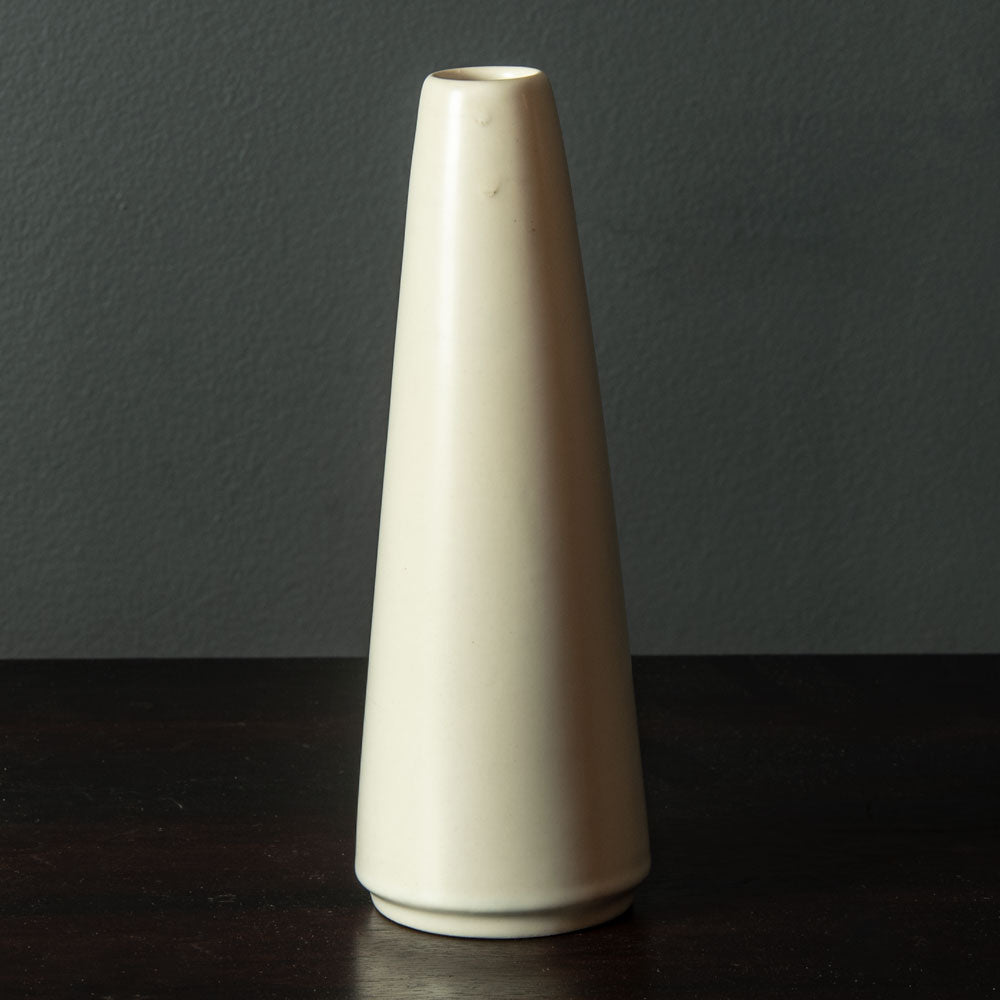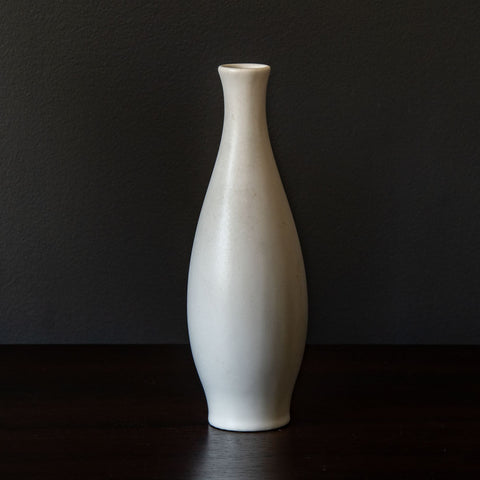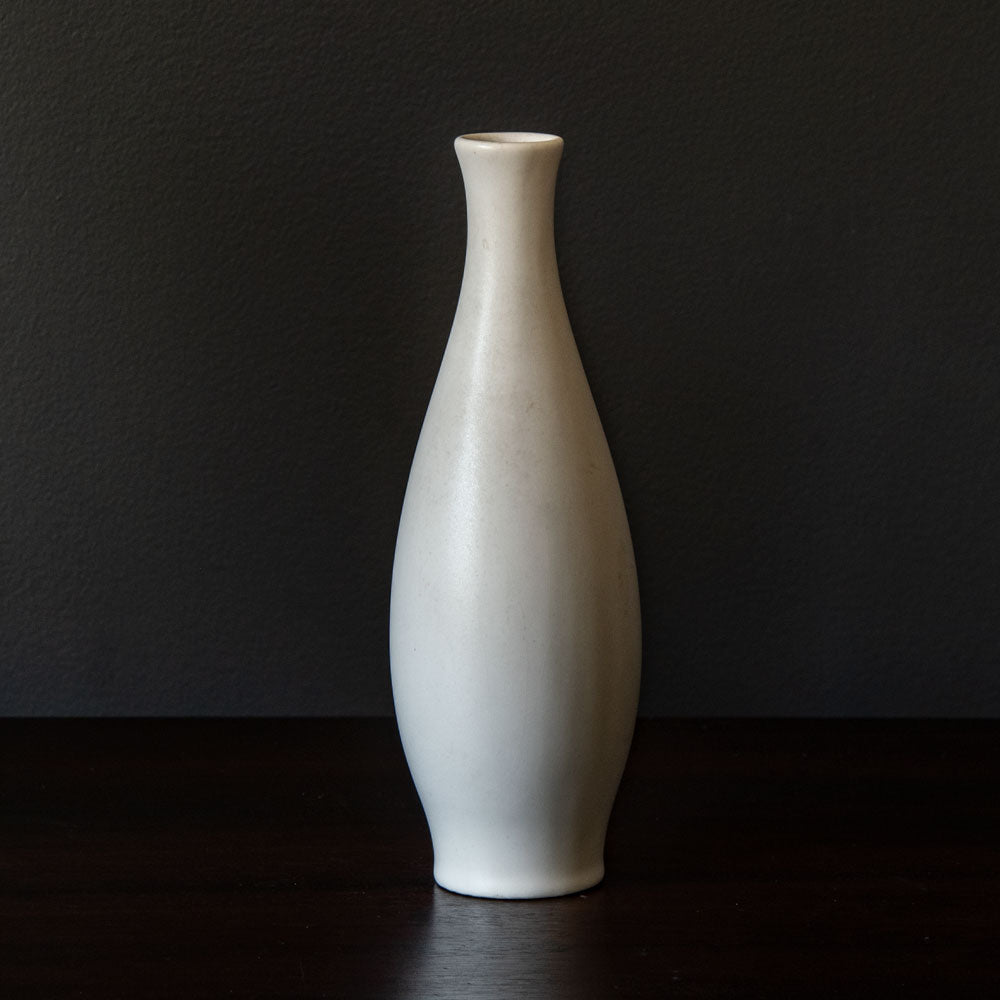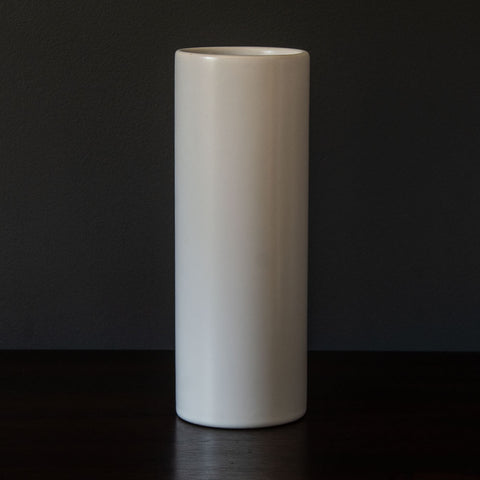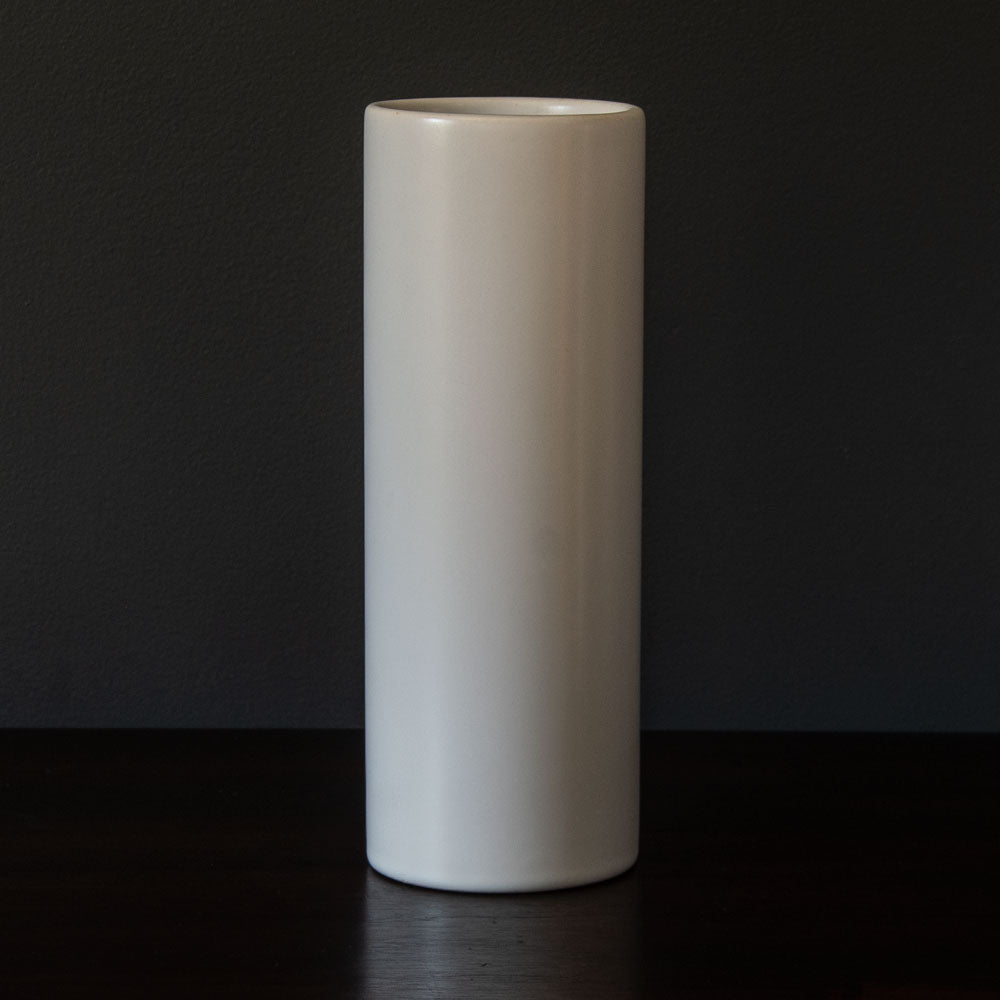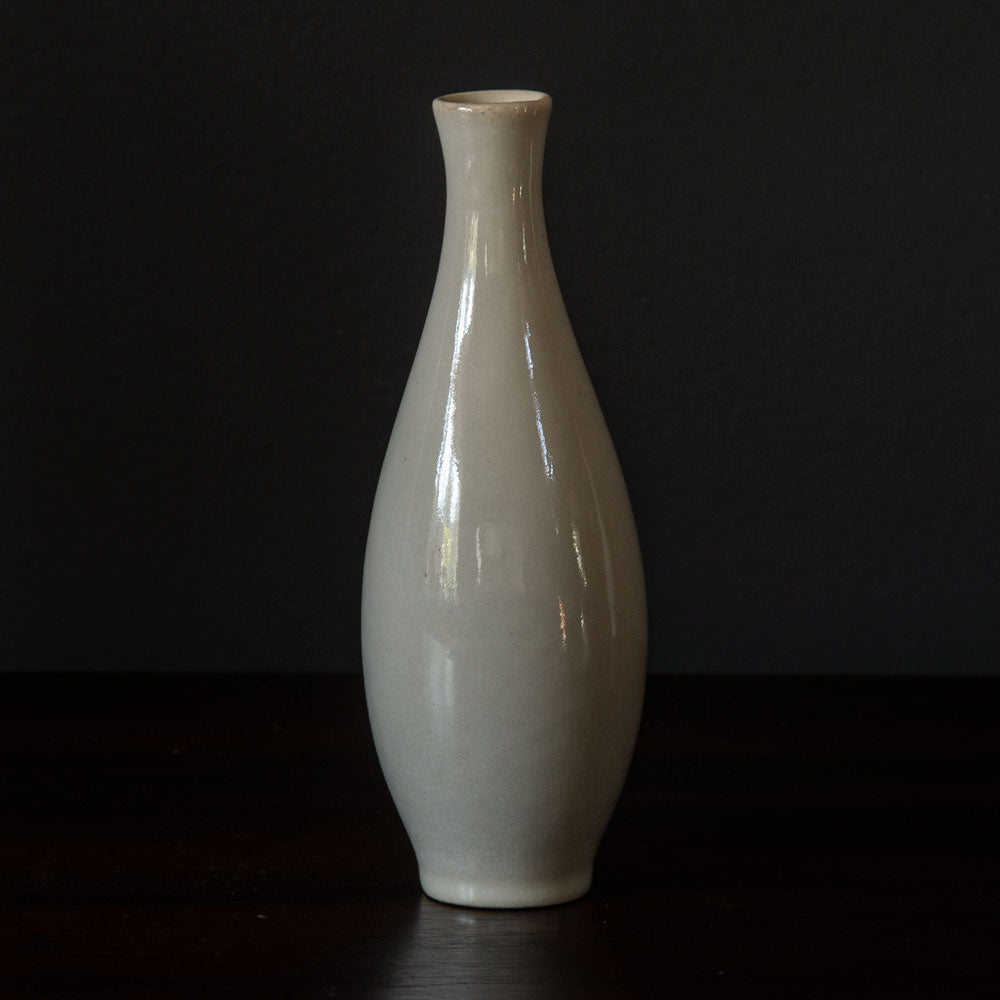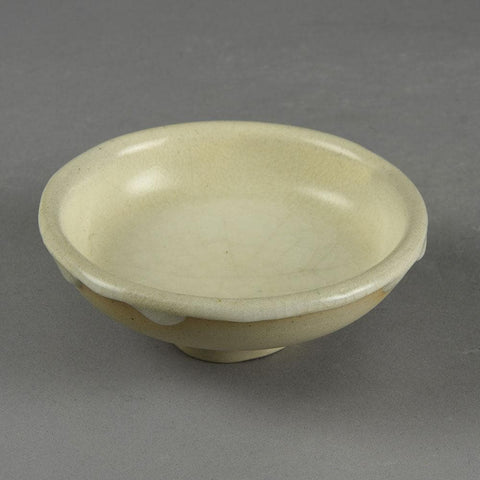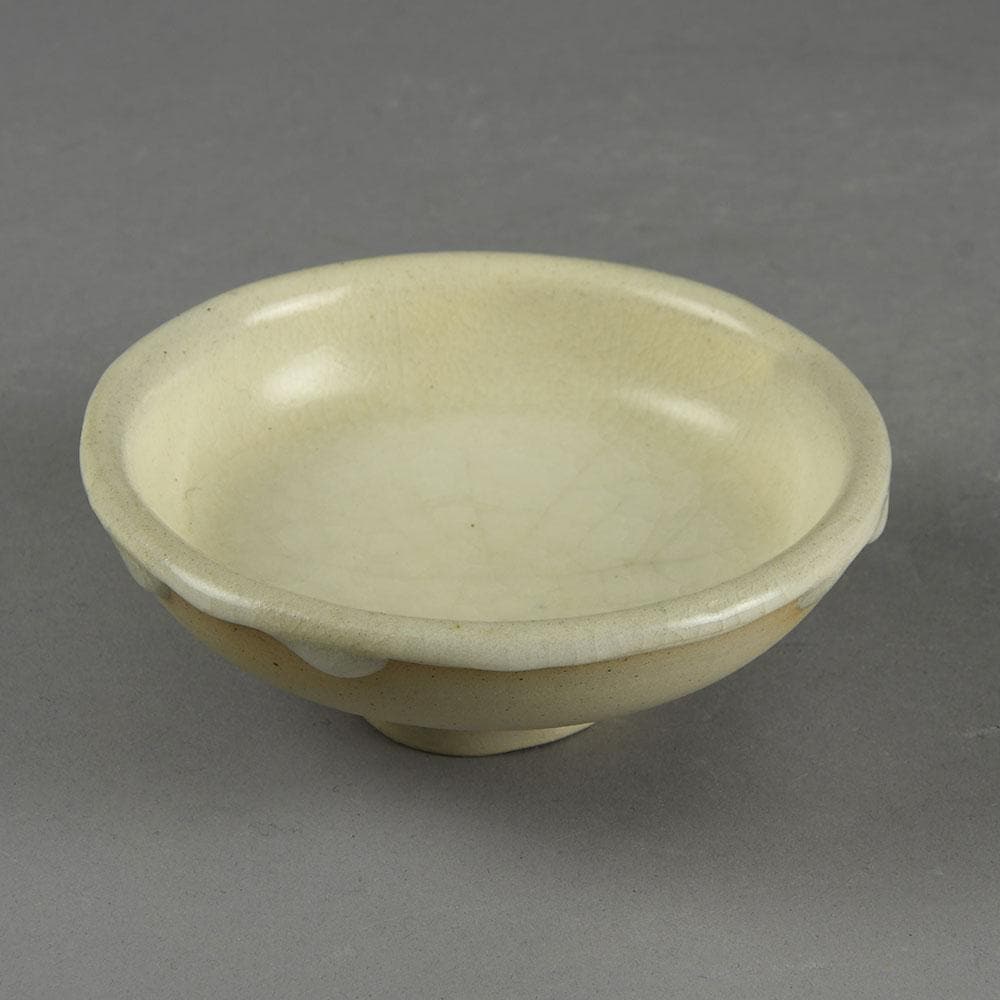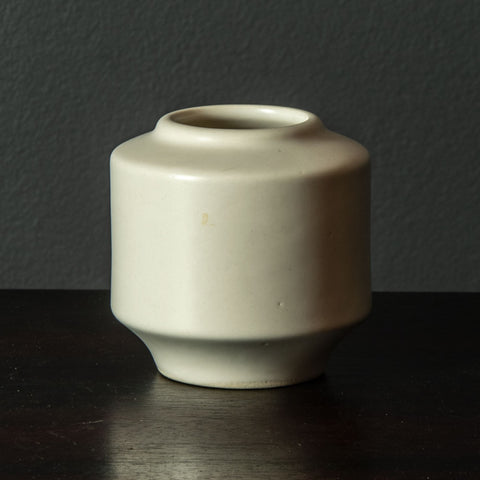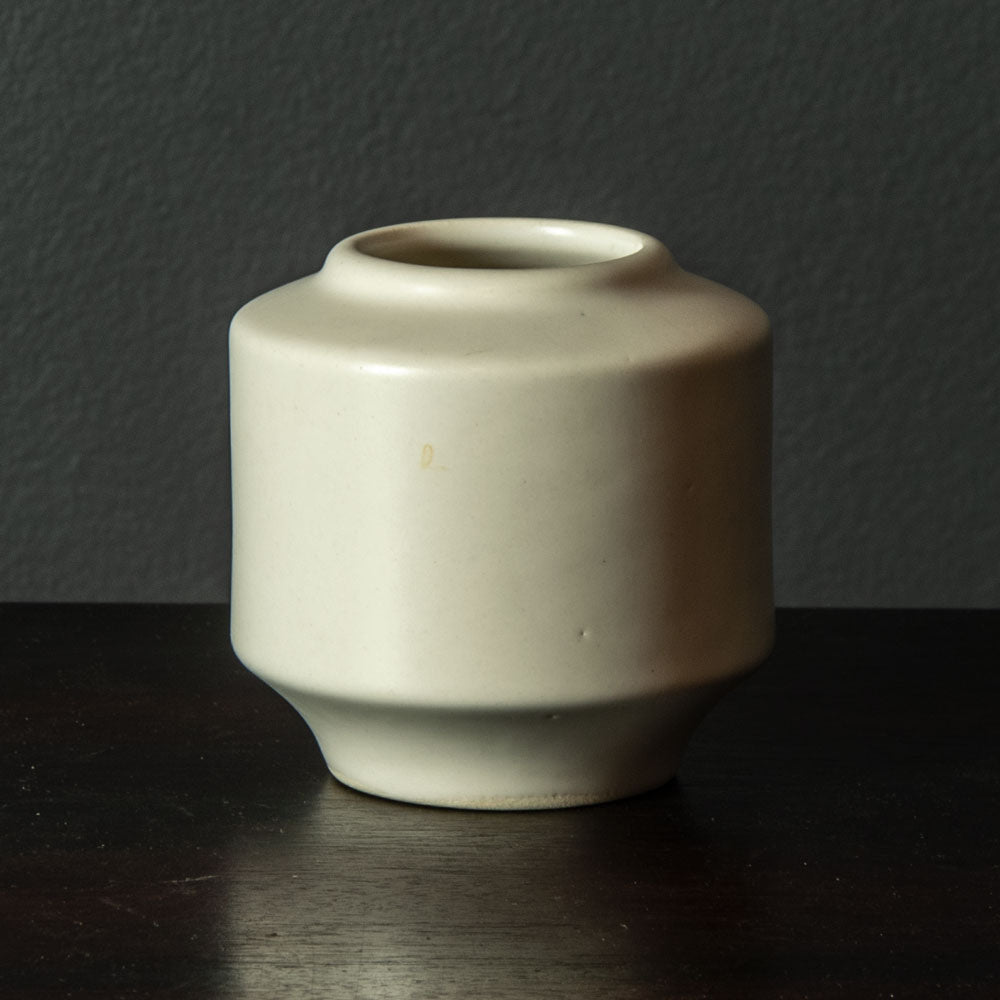Ceramics
Jan Bontjes Van Beek

Use tags to the left to sort by form, color, price, etc.
Biography
Jan Bontjes van Beek grew up as a child of Dutch parents in Uerdingen . There he attended elementary school and the Realgymnasium. Since 1907 he was a German citizen.
After his voluntary naval service during the First World War , Bontjes van Beek spent several months in Fischerhude and on the Barkenhoff Heinrich Vogelers in Worpswede . In 1920 he married the dancer and painter Olga Breling , daughter of the painter Heinrich Breling .
He completed 1921-1922 an apprenticeship as a potter in Undenheim and then studied at the Seger Institute in Berlin , the former Chemical-Technical Research Institute of the Royal Porcelain Manufactory , named after Hermann August Seger .
With his sister-in-law, the sculptor Amelie Breling (1876-1966), he built a ceramics workshop in 1922 in Fischerhude. After a number of foreign and foreign stays, Jan Bontjes van Beek first worked in 1932 in Velten near Berlin on behalf of the architect Fritz Höger to produce ceramics for the construction of a church on the Hohenzollernplatz in Berlin-Wilmersdorf .
In Berlin, he met his second wife, the interior designer Rahel-Maria Weisbach (daughter of the art historian Werner Weisbach ), whom he married in 1933 and built with her a ceramic workshop in Berlin-Charlottenburg , but in 1943 was completely destroyed by a bombing raid.

In the fall of 1942 Jan Bontjes van Beek was arrested with his daughter Cato for illegal political work by the Berlin Red Chapel by the Gestapo . His daughter was convicted by the Reichskriegsgericht and executed on 5 August 1943 in Berlin-Plötzensee . Van Beek was released for lack of evidence after three months in prison , but drafted in 1944 to the Wehrmacht and used as a soldier on the Eastern Front. In 1945 he came into Soviet captivity .
After the Second World War , Jan Bontjes van Beek began his teaching career as a lecturer in ceramics, then as professor and rector of the Kunsthochschule Berlin-Weissensee . Because of regulation of his work by government agencies he ended in 1950 there his activity. From 1950 to 1953 he worked for the company "Keramische Werk Dr.-Ing. Alfred Ungewiß "in Dehme near Bad Oeynhausen .
From 1953 to 1960 he was director of the master school for the arts and crafts in West Berlin , then until 1966 professor of ceramics at the College of Fine Arts in Hamburg , where he also had opportunity to produce unique items.
Biography courtesy of Wikipedia
After the Second World War , Jan Bontjes van Beek began his teaching career as a lecturer in ceramics, then as professor and rector of the Kunsthochschule Berlin-Weissensee . Because of regulation of his work by government agencies he ended in 1950 there his activity. From 1950 to 1953 he worked for the company "Keramische Werk Dr.-Ing. Alfred Ungewiß "in Dehme near Bad Oeynhausen .
From 1953 to 1960 he was director of the master school for the arts and crafts in West Berlin , then until 1966 professor of ceramics at the College of Fine Arts in Hamburg , where he also had opportunity to produce unique items.
Biography courtesy of Wikipedia

